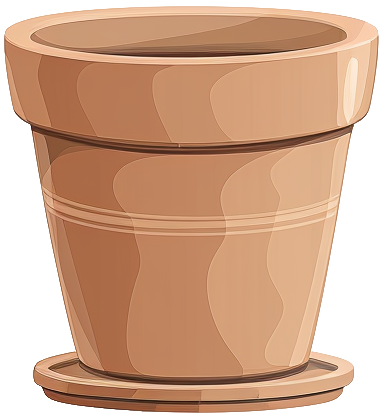- scindapsus
- pictus
- 'sylvery ann'

scindapsus pictus'sylvery ann'
Care level
Easy
Popularity
Niche
Variegation
Blotched pattern
This stunning variety features soft leaves with a dramatic silver coating that can cover up to half of each leaf's surface, creating an eye-catching metallic effect. The leaves maintain the characteristic hooked tips typical of the family, but what truly sets this plant apart is its intense silver variegation, with some leaves appearing as if they've been entirely dipped in liquid silver.
Care & maintenance
Light
Bright light, usually located near windows but doesn't receive direct rays for more than an hour during the day.
Temperature
Wide range (59°F - 84.2°F)
Fertilization frequency
Moderate
Monthly during the growing period.
Soil
Choose a Tropical plant mix: A rich, moisture-retentive blend with good aeration. Mimics the natural forest floor environment of tropical regions.
If you want to create your own substrate, you can make a mixture of the following soils:








Click on the soil name for more information.
Pot

Standard size
Prefer a pot with a classic width/depth ratio.
Incorrect or incomplete information?
In our goal of building the best plant database, we sometimes make mistakes or have incomplete information. You can help us fill these gaps!
Features
Size & growth
Medium
Climbing
Moderate growth
This plant grows at a moderate rate. It can reach 1 to 3 feet in height or spread.
It grows upwards by attaching to supports or winding around them.
Toxicity
| Human | |||
|---|---|---|---|
| Cat | |||
| Dog |
Reproduction & propagation
Fruits & flowers
Non-flowering & not self-pollinating
The scindapsus sylvery ann cannot produce flowers and therefore fruits.
This plant is not capable of self-pollination, it will not be able to produce fruits if it is not pollinated by another individual.
